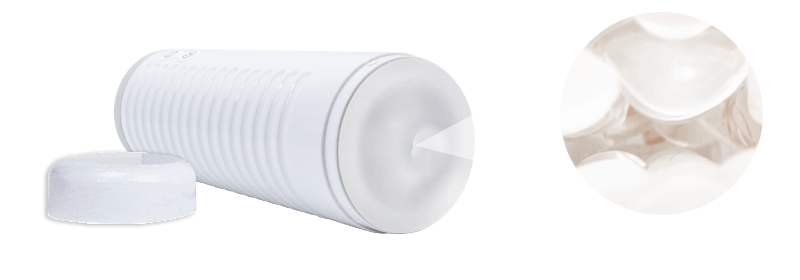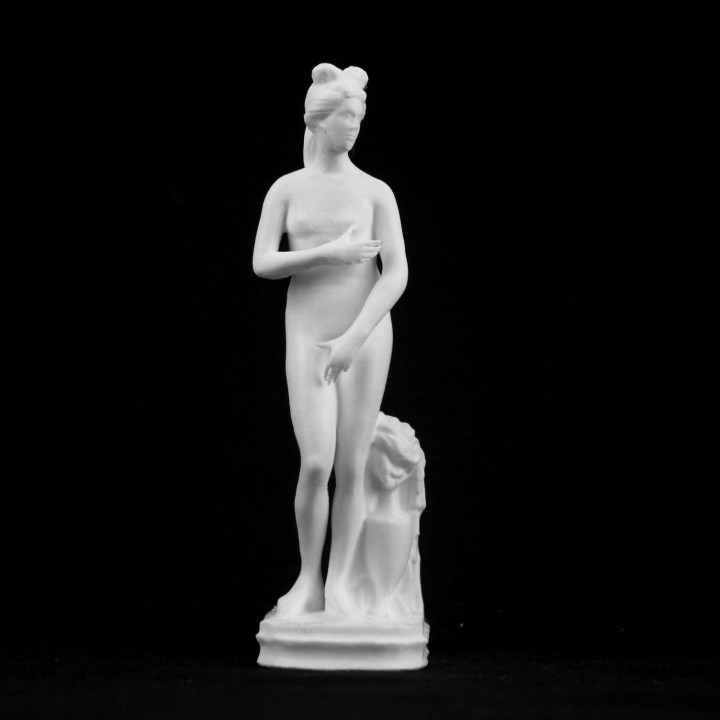

Nude Venus at The British Museum, London
myminifactory
This sculpture was one of a dozen or so discovered at the Roman villa in Campo Iemini by Robert Fagan (1761-1816) in partnership with Prince Augustus and Sir Corbet Corbet in spring 1794. Fagan, a prominent member of the younger generation of British dealers and excavators resident in Rome, was responsible for uncovering the statue that immediately sparked great interest. The beauty of the well-preserved head was particularly celebrated, prompting John Deare (1758-1798), a close friend of Fagan's and a renowned British sculptor, to restore it in his Roman atelier in 1796. A German Duchess commissioned a marble copy of the statue, while several casts were sent to England, one of them going to Charles Townley. The Venus is of the Capitoline type, named after the most famous copy in the Capitoline Museum, which some claimed was superior when it was first discovered. Prince Augustus had promised the statue to his brother, the Prince of Wales, and it entered the latter's collection at Carlton House. Four years after George IV's death (1830), William IV donated the statue to the British Museum. This object is part of "Scan The World", a non-profit initiative introduced by MyMiniFactory, which aims to create a digital archive of fully 3D printable sculptures, artworks and landmarks from around the globe for public access at no cost. Scan The World is an open-source community effort; if you have interesting items nearby and would like to contribute, email stw@myminifactory.com to find out how you can help.

With this file you will be able to print Nude Venus at The British Museum, London with your 3D printer. Click on the button and save the file on your computer to work, edit or customize your design. You can also find more 3D designs for printers on Nude Venus at The British Museum, London.
